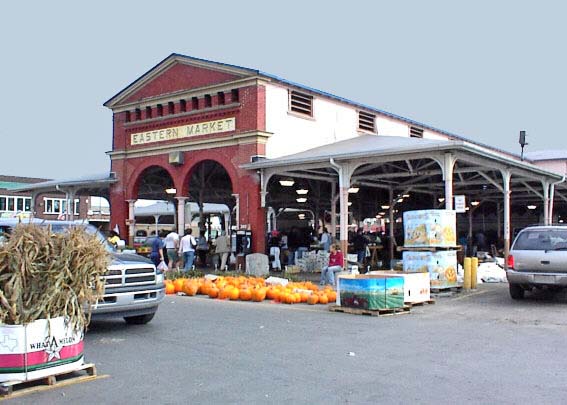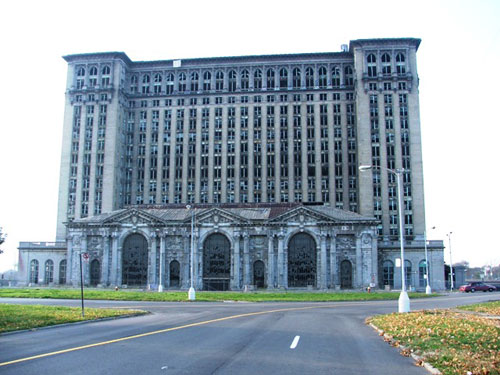The Gold Cup final game was one of the best games I have seen the US play in a while. Although we did not get the result we wanted, the game was fast, furious, and full of excitement for 90 minutes. Most USA games tend to start slow and build up as the US becomes more comfortable during the game. The first 20 minutes were obviously the USA’s best part of the game and they scored the first two goals right out of the gate. Adu had wonderful distribution, Dempsey and Donovan made decisive and creative runs, and the defense played moderately well, with Lichaj and Cherundolo pushing the ball up the flank to create many chances. But that was all the US could do.
Blame will obviously be placed on Bornstein, but honestly, as other reviews have cited, the bottom line is the US was thin when it came to back-ups fullbacks. Yes I have never been a fan of Bornstein, but would Spector play better if put in the same situation? I don’t think so. Neither Spector nor Bornstein played a single minute during the tourney, so I would argue both would have trouble coming into a game that already was being played at 110% percent and trying to adapt. I think it was a tough situation. The defense just broke down as soon as Cherundolo came out. Granted, Mexico came out guns blazing and had a few chances before the US first goal, but once Bornstein came in, the defense looked disrupted.
On the other hand, I will blame Bradley and Jones for not helping more. I think after Bradley’s goal he was not really a factor in the game, and Jones never really did nothing special in my eyes. I think they both played well all tournaments but neither came out for this game. Maybe fatigue played a factor. I also could see Edu coming in, and moving Jones back as a center back and then moving Bocanegra over, leaving Lichaj on the same side. I just think that could have been a possibility, and Edu saw playing during the tourney, so that could have provided some better experience. Just my thought.
As a USA fan, I must automatically hate Mexico, BUT they were very fun to watch and I believe they could be a major threat in the 2014 world cup/ future of world soccer. They are relatively young, they have two phenomenal strikers, and they play a great game of soccer. I could see them being the Uruguay of 2014. Dos Santos, Chicharito, and Barrera are very talented players and gave the US so much trouble. Also Mexico played a very aggressive game and pressured the ball at all times. It reminded me of Barcelona’s press when they give up the ball, usually you find 2 if not 3 defenders surrounding the ball when a team tries to hold it up. It happened a lot against the US.
Overall, I felt this was a good tournament for the US. They bounced back from a bad loss to Panama and a un-enthusiastic win against Guadalupe. They found three players (Bedoya, Adu, and Lichaj) that I believe should become either regular roster spots for big games or should at least receive many more looks/chances to get onto the roster. I think they all played well and all showed Coach Bradley that they are ready to play more. I also want to see Ream and Agudelo play more. Ream had a bad start, and Agudelo played ok (I think he had a so-so game against Panama, and that is why Bradley elected to start Adu and Donovan at the top against Mexico), but I think with some more experience they will be great for the future of the US.
It was a tough lost, but the better team won. I think this rivalry will only get better because both teams are becoming bigger soccer threats in the world and I believe the next CONCACAF tourney will be great!


